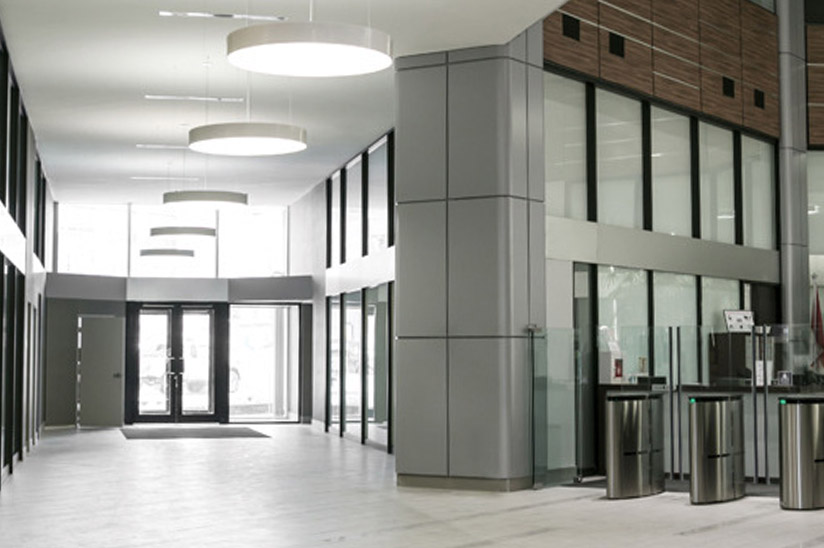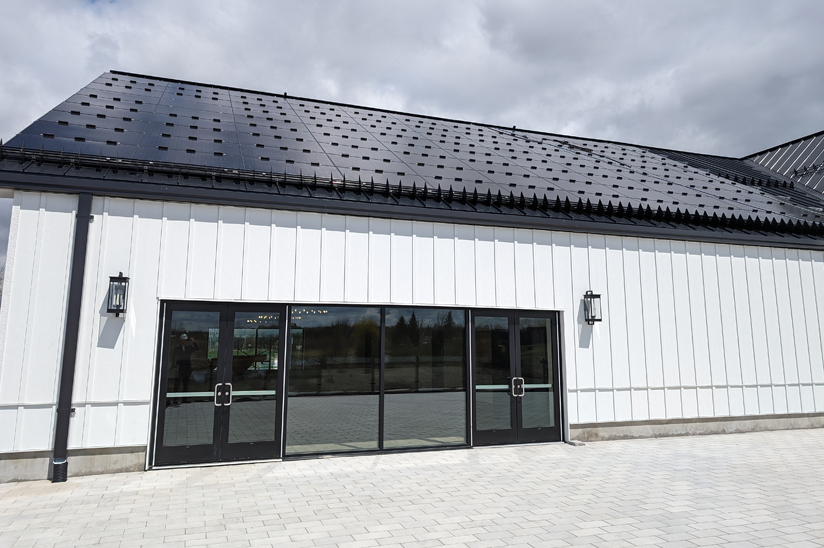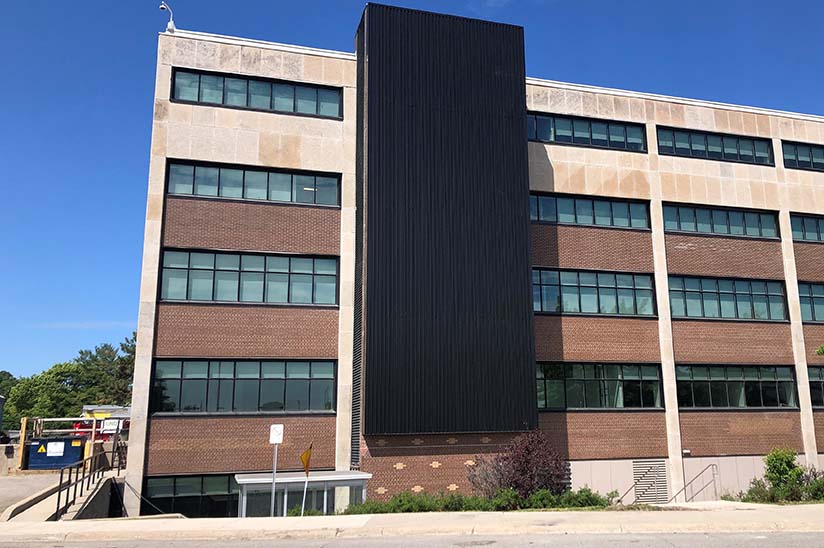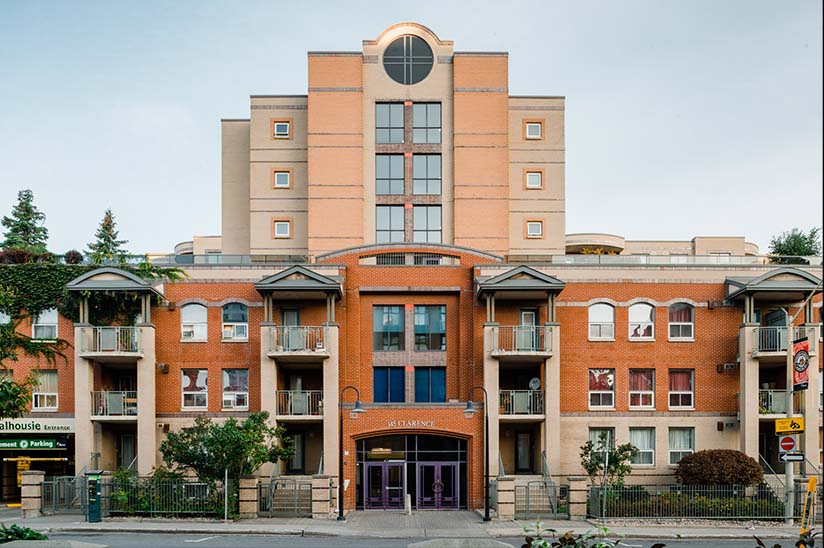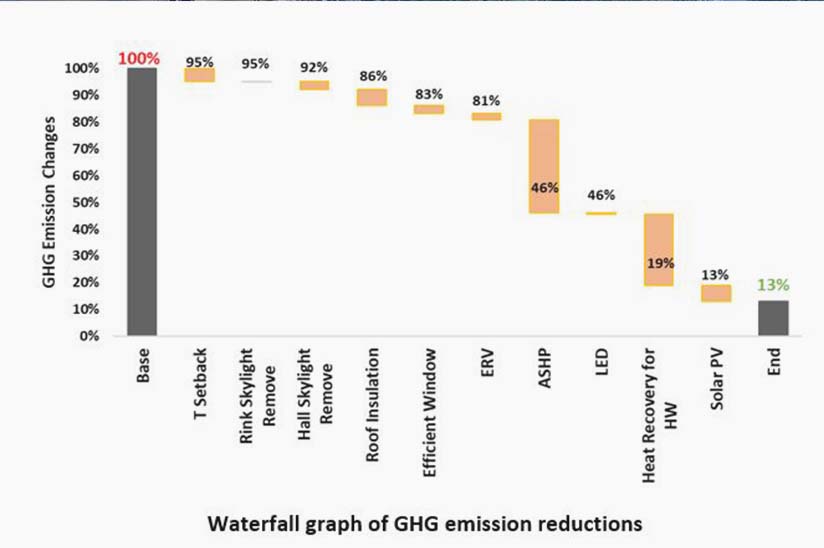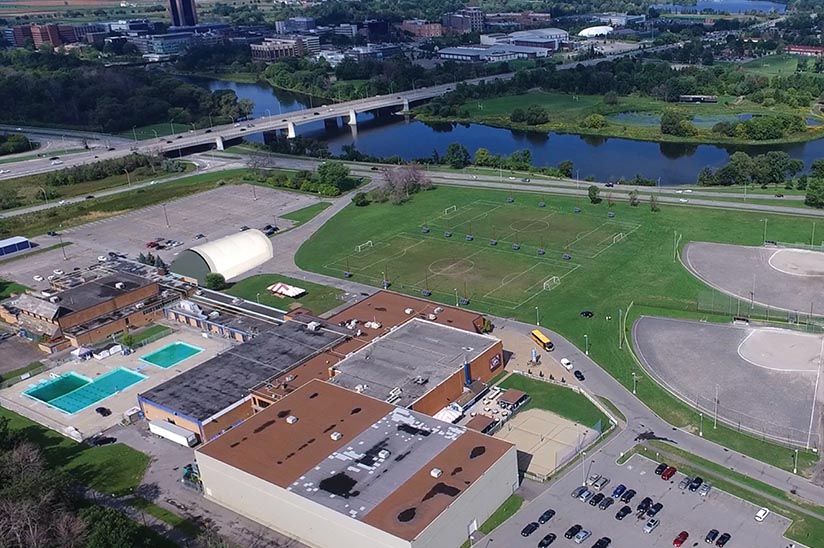Client: Black & McDonald Limited
Location: Ottawa, Ontario
Size: Various
Eighty buildings in Ottawa, including the Parliament Buildings, are served by the federal government’s Energy Services Acquisition Program (ESAP) district energy system. To support Canada’s Greening Government Strategy, the system is being modernized to cut greenhouse gas emissions and costs. The system connects to five central plants using more than 14 km of underground piping and provides heating by steam and hot water and cooling by chilled water. A key aspect of the ESAP program is to introduce low temperature hot water (LTHW) distribution which receives heating from new low-carbon heating plants. Renewal of the cooling systems is also included in the program.
The most significant portion of the ESAP piping system is in the downtown core which includes 4+ km of distribution that is supplied with heating and cooling from the Cliff Central Heating and Cooling Plant. JLR was retained by the mechanical contractor, Black & McDonald, to provide detail piping and structural design services throughout the distribution tunnels. The design challenge required detailed pipe routing and supports design, enabled through the extensive use of 3D laser scanning within the tunnels. New LTHW piping and supports were designed around the existing steam and chilled water piping to minimize disruptions to the user buildings and allow construction with existing systems remaining operational. Pipe stress analysis was performed for the piping within the tunnels including any modified steam and condensate piping. JLR also contributed to construction sequencing and design feasibility studies which are critical for such projects due to highly complex constructability constraints.
In designing the distribution piping, careful consideration was given to constructability, serviceability, and energy efficiency. Site conditions put limitations on locations of piping and supporting structures. Components, such as pipe supports and expansion joints, are designed to last the lifespan of the system (50 years), while still being serviceable with ease. Energy efficiency is maintained at a high level throughout the system; leveraging specially designed pipe supports that are thermally isolated from the piping minimizing heat losses.
JLR has also been responsible for other elements of the ESAP program and the buildings that connect to the system, including the Confederation Heights Central Heating and Cooling Plant, Canada Post Building B, and the Recreation Association of the Public Service of Canada. JLR also interacted with ESAP on several occasions towards connecting new, privately owned buildings (existing and planned new developments) onto ESAP’s downtown loop. The purpose was to evaluate the cost to connect, key logistical parameters, timing, cost benefit analysis, projected energy supply carbon content, and technical requirements (such as temperatures).


